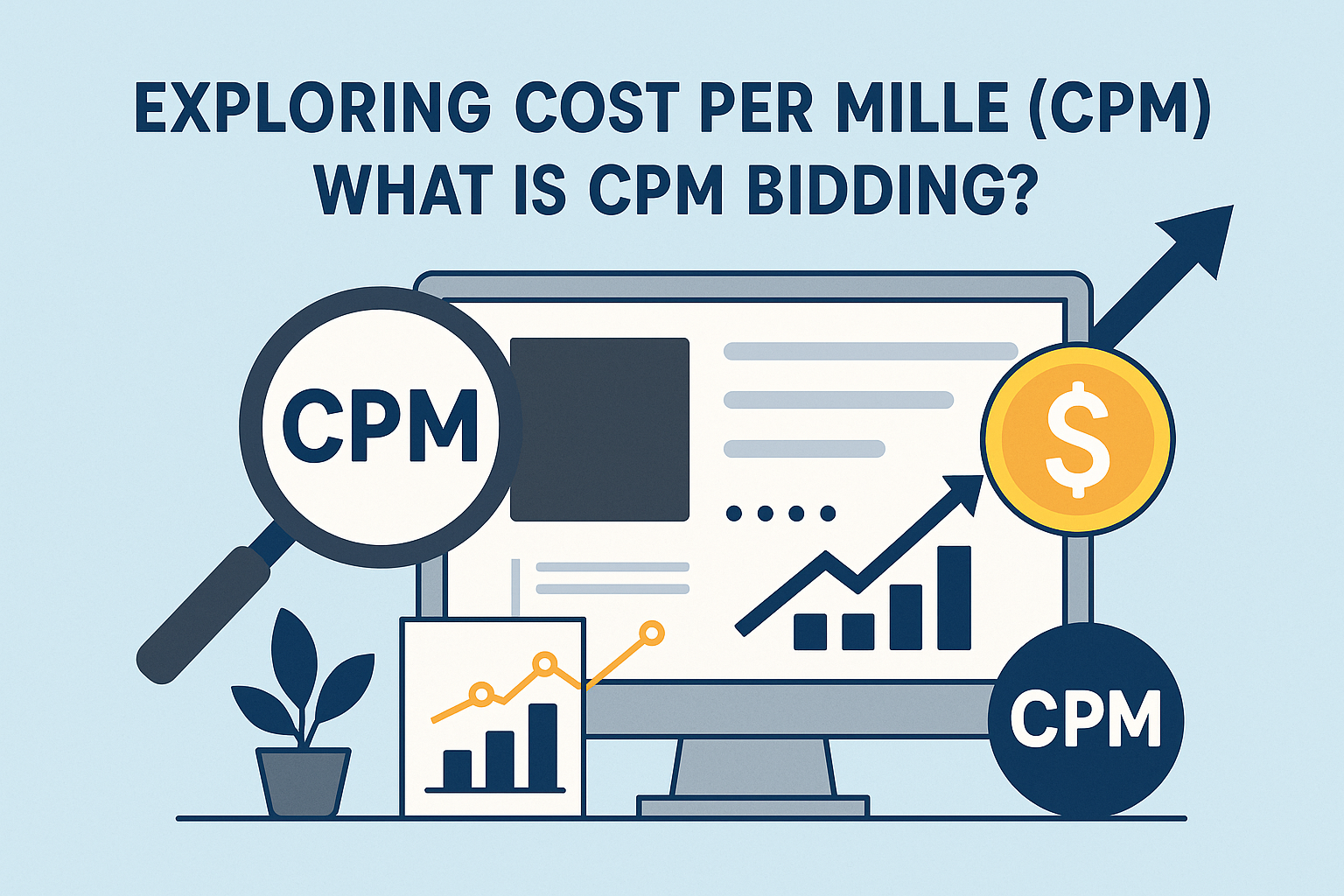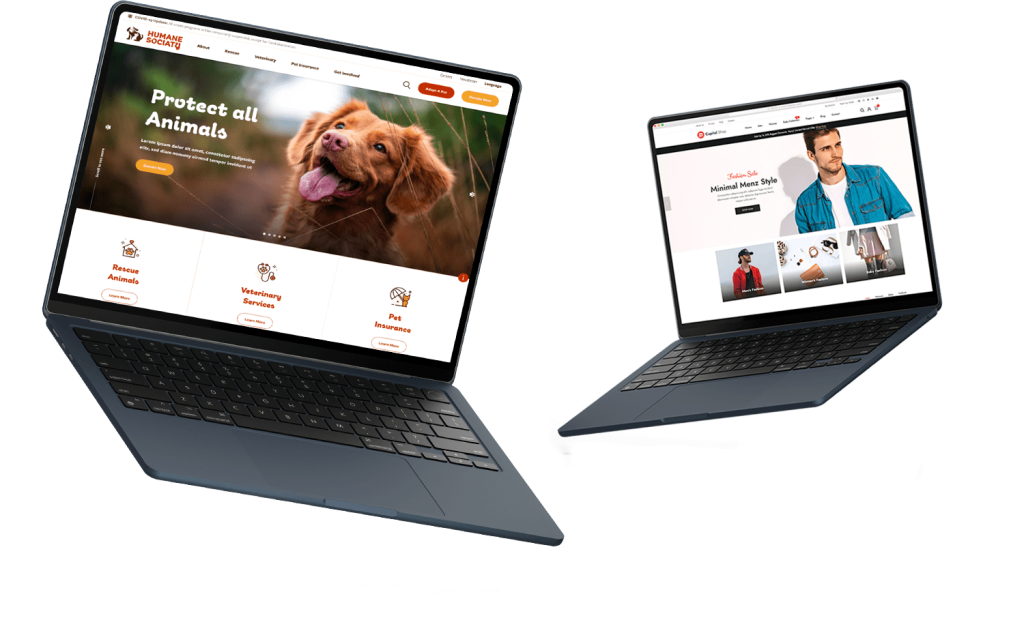Picture this: your brand’s eye-catching ad pops up in front of thousands of potential customers. No clicks, no purchases—just eyeballs. You might think, “What’s the point? ” But in the world of digital marketing, visibility is currency, and impressions can be just as valuable as conversions—when you know how to leverage them.
This is the essence of Cost Per Mille (CPM) advertising. It’s not about chasing clicks; it’s about planting seeds. Whether you’re launching a new product or boosting brand recall, CPM is the metric that tells you how much you’re paying to get your brand in front of 1,000 people.
At Speed Dot 360, we’ve seen firsthand how strategic CPM campaigns—backed by smart PPC advertising management—can amplify digital presence and build long-term brand equity. But there’s more to CPM than just impressions. To use it effectively, you need to understand how it works, when to use it, and how to bid wisely. Let’s unpack everything you need to know about CPM and CPM bidding and how it fits into your broader digital strategy.
What Is Cost Per Mille (CPM)?
Cost Per Mille, commonly referred to as CPM, is an advertising metric that reflects how much an advertiser pays for 1,000 ad impressions. The term “mille” means “thousand” in Latin, which is why you’ll often see CPM discussed in reference to views, not clicks.
If your CPM is $6, that means you’re paying $6 every time your ad is displayed 1,000 times, regardless of whether anyone engages with it. CPM is foundational in campaigns focused on brand awareness, not immediate conversion.
This metric is widely used in display advertising, video ads, social media promotions, and mobile campaigns. It’s favored by marketers who want to make sure their brand is seen by the right audience—even if it doesn’t lead to an instant action.
Why Is CPM Important in Digital Campaigns?
While metrics like CPC (Cost Per Click) and CPA (Cost Per Acquisition) get most of the attention for conversion-focused efforts, CPM is the go-to for visibility. It supports the top of the funnel—when your goal is to introduce your brand, build recognition, and generate familiarity before someone clicks.
A campaign optimized for CPM helps you do things like promote a new product, highlight a seasonal offer, or run a compelling video on platforms like YouTube or Facebook. This is especially relevant for a digital branding agency looking to help clients establish market presence at scale.
Think of CPM as the fuel for recall. The more people see your message, the more likely they are to remember it when it’s time to make a decision.
How to Calculate CPM
The calculation for CPM is straightforward and assists you in evaluating the competence of your ad expenditure:
CPM = (Total Campaign Cost ÷ Total Impressions) × 1,000
For example, if you spent $500 and received 100,000 impressions, your CPM is:
(500 ÷ 100,000) × 1,000 = $5.00
This tells you that you’re spending $5 to reach 1,000 viewers. You can use this figure to compare platforms, creatives, or targeting methods, helping refine your strategy based on ROI and visibility impact.
What Is CPM Bidding?
CPM bidding is the method by which advertisers compete in digital ad auctions based on the amount they’re willing to pay per 1,000 impressions. In contrast to CPC bidding (which focuses on clicks), CPM bidding simply says: “Here’s what I’ll pay to be seen.”
There are two common types of CPM bidding:
Manual CPM
With manual CPM bidding, you decide the maximum amount you’re willing to pay per 1,000 views. This gives you control but also requires constant optimization to avoid underspending or overspending in competitive environments.
Viewable CPM (vCPM)
In this model, you’re only charged when your ad is actually visible on the screen for a specific time period (typically one second or more). This ensures that you’re not paying for impressions that users never actually see—such as those hidden below the fold.
Both bidding options are useful depending on your goals, and both are staples in advanced PPC advertising management strategies.
CPM vs CPC vs CPA: Choosing the Right Model
Each bidding model serves a different marketing goal.
- CPM is ideal for reach and awareness. It’s best when you’re focused on visibility and want your message in front of as many eyes as possible.
- CPC focuses on engagement and is better when your goal is to steer traffic to a landing page or product.
- CPA (Cost Per Acquisition) is all about outcomes—whether that’s a lead, sign-up, or purchase.
A smart campaign often blends these bidding strategies. For example, you might use CPM to introduce a product, CPC to drive traffic to a landing page, and CPA to close sales.
When Should You Use CPM?
CPM is a strong fit for campaigns that are designed to:
- Build early-stage awareness
- Re-engage warm audiences via retargeting
- Increase video ad reach
- Promote highly visual or emotional content
- Launch a new brand or product
If you’re working with a digital branding agency, you’ll often see CPM strategies used in pre-launch or rebranding phases, when it’s essential that your audience becomes familiar with your identity before you begin pushing for conversions.
Benefits and Drawbacks of CPM Campaigns
The main benefit of CPM is its cost-effective reach. If your targeting is dialed in and your creative is engaging, you can get your brand in front of thousands for a relatively low cost. It also makes campaign performance easy to benchmark since you’re measuring visibility rather than engagement.
That said, CPM campaigns are not built for quick wins. Because you’re not paying based on clicks or actions, ROI may take longer to track, and your success is directly proportional to the potential of your ad design and targeting.
That’s why partnering with experts in PPC advertising management can help you fine-tune the performance of your campaigns—balancing visibility with strategic intent.
Tips for Running a High-Impact CPM Campaign
To succeed with CPM, it’s not enough to throw money at impressions. Your ad creative must be visually striking and aligned with your messaging goals. Headlines, imagery, and design should stop the scroll and resonate within seconds.
Audience targeting is equally critical. Even the best ads underperform when delivered to the wrong people. Use precise demographic, behavioral, and geographic filters to ensure relevance.
Lastly, always test. Run A/B tests with different creatives, ad placements, and audience segments. CPM is all about scale, and scaling what works starts with iteration.
Final Thoughts: Visibility That Converts
While CPM isn’t always the right choice for conversion-heavy campaigns, it’s incredibly powerful when used correctly. When your brand needs awareness, recognition, and visibility, CPM delivers impressions at scale—especially when executed with the guidance of a seasoned digital branding agency or PPC expert.
At Speed Dot 360, we help businesses master their digital ad strategy with integrated solutions for CPM, CPC, and beyond. Whether you’re launching a campaign, retargeting users, or scaling brand awareness across platforms, we’ll help ensure every impression counts.





